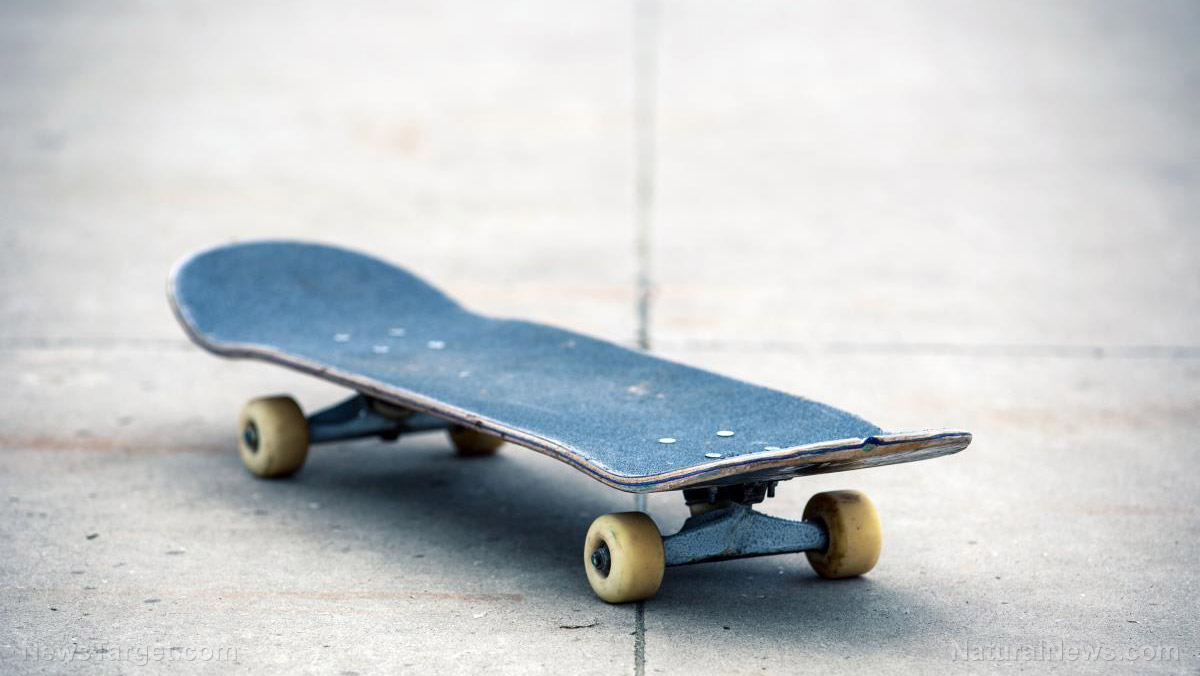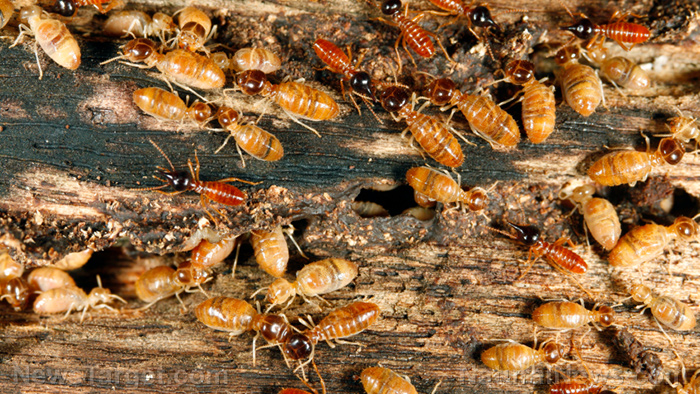You’ve heard of volcanoes and cryovolcanoes. How about iron volcanoes – in space?
09/15/2019 / By Edsel Cook

Molten silicate rocks erupt from conventional volcanoes on Earth. Cold liquids spew from cryovolcanoes on icy moons. Now, researchers identified a novel type of volcanic activity – melted iron that explodes from volcanoes on metallic asteroids.
Two separate research teams investigated potential volcanic activity in iron-rich asteroids. They arrived at pretty much the same conclusion — that these metallic space rocks contained iron volcanoes.
Metallic asteroids remain mysterious due to the lack of detailed data on them. NASA’s Psyche mission may provide researchers with the information they need if the spacecraft reaches its target asteroid in 2026.
“It’s not a shocking idea, but we’d just never thought about iron volcanism before, so it’s something new and interesting to investigate,” explained the University of California Santa Cruz (UC Santa Cruz) researcher Jacob Abrahams, the primary author of one of the new scientific papers on the subject. (Related: New study overturns classic ideas about volcanic eruptions.)
First volcanoes, then cryovolcanoes, and now iron volcanoes
Volcanoes are fractures in the crust of a world. When the internal pressure proves too much for the magma, it flows upwards and erupts out of the volcano as lava and accompanying material.
Earth’s volcanoes contain molten silicates. These minerals are made up of oxygen and silicon, the two most common elements in the crust. Similar substances fill the volcanoes on Mars and other rocky worlds.
Meanwhile, ice-covered planetoids and moons in the outer region of the solar system showed signs of cryovolcanism. Since they are not hot enough to melt solid rock, they contain and release pressurized liquids such as water.
In addition to volcanoes and cryovolcanoes, researchers theorized the existence of a third type in the solar system. They believe that metallic asteroids might develop iron volcanoes during their cooling period.
Metallic asteroids may be all that remains of planetesimals. Forming in disks of protoplanetary matter and debris, they are too small to achieve the status of a moon or planet.
Experts suggested that numerous impacts with large objects stripped away the rocky layers of planetesimals. Eventually, they retained only their core filled with molten metals, which cooled down and solidified into a mere asteroid.
UC Santa Cruz researchers and a separate team from Brown University developed computer models of the cooling process. They ran scenarios where the outer part of the metallic asteroid started solidifying ahead of the rest of the space rock.
Some metallic asteroids may have formed metallic volcanoes
The two studies found that solidified outer part of the metallic asteroid might have hosted iron volcanoes. Their simulations showed that parts of the liquid metal interior might have created fissures in the outer shell of solid materials.
Further, the researchers believed that the new volcanoes might have erupted in various ways, depending on the metallic elements that made up the molten lava inside the volcano and its asteroid.
“If it’s mostly pure iron, then you would have eruptions of low-viscosity surface flows spreading out in thin sheets, so nothing like the thick, viscous lava flows you see on Hawaii,” explained Abrahams in an interview. “At the other extreme, if there are light elements mixed in and gases that expand rapidly, you could have explosive volcanism that might leave pits in the surface.”
The current cold conditions of the asteroid belt preclude any volcanic activity on its residents. Furthermore, the metallic volcanoes may have disappeared after billions of years.
Researchers will have to satisfy themselves with finding evidence of past volcanic activity on metallic asteroids. Their best shot lies with Psyche, which will investigate its namesake asteroid. But they may also study metallic meteorites that came from the larger space rocks and landed on Earth.
Sources include:
Tagged Under: asteroids, astronomy, cryovolcanoes, discoveries, metallic asteroids, outer space, planetesimals, solar system, Space, volcanoes, weird science
RECENT NEWS & ARTICLES
COPYRIGHT © 2017 REAL SCIENCE NEWS



















